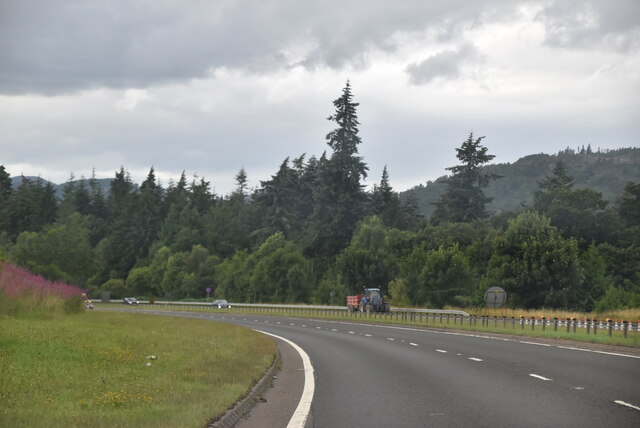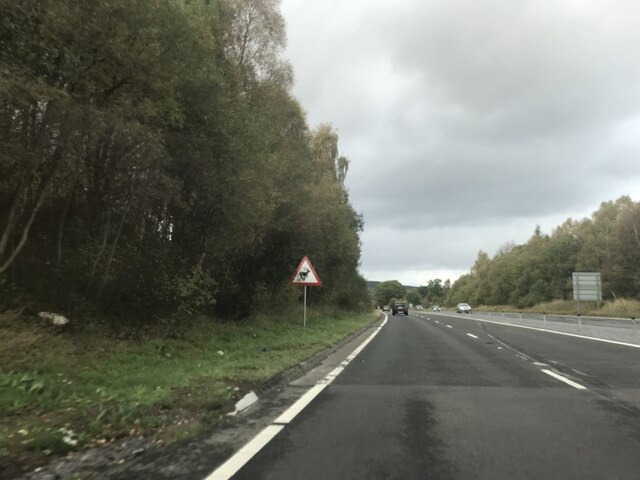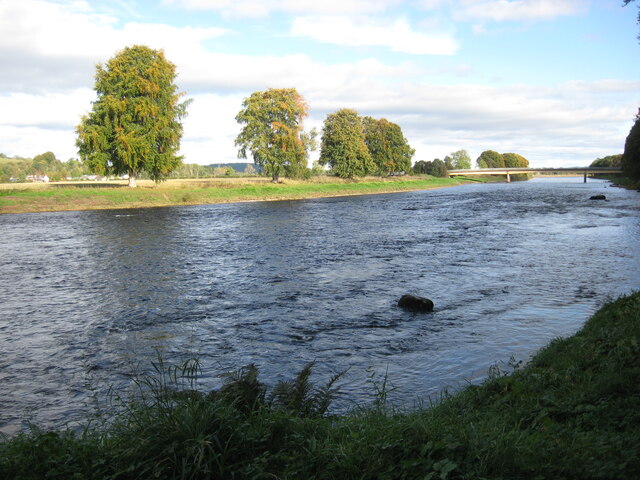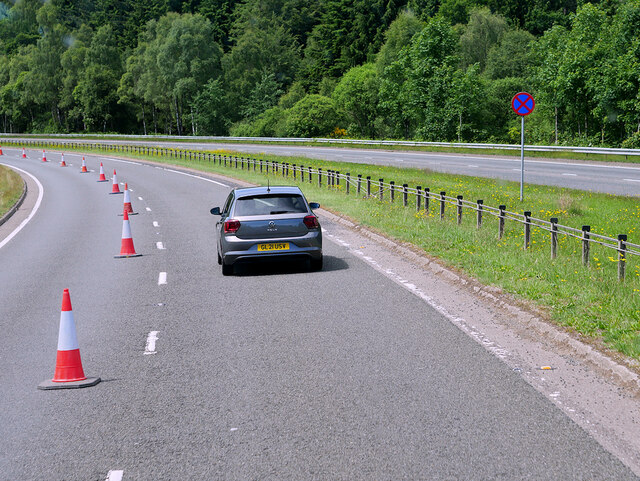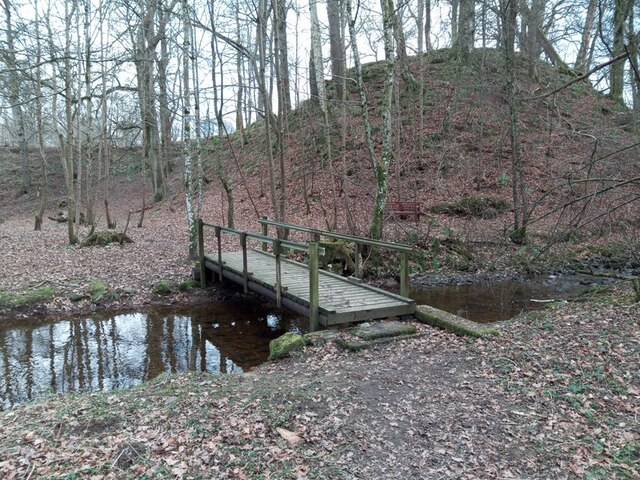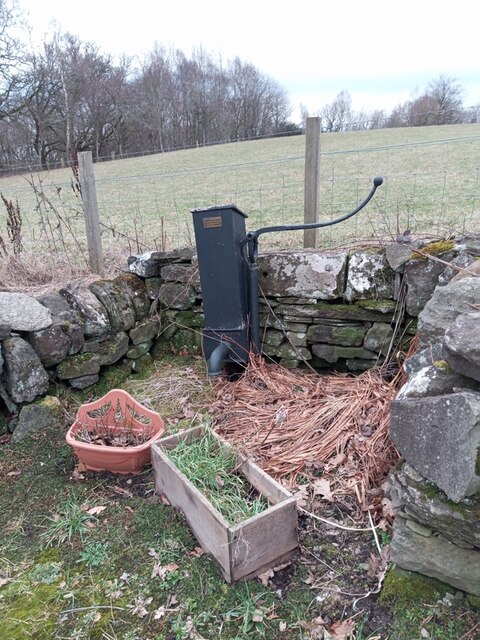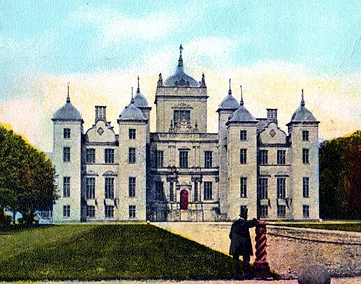Murthly Castle
Heritage Site in Perthshire
Scotland
Murthly Castle
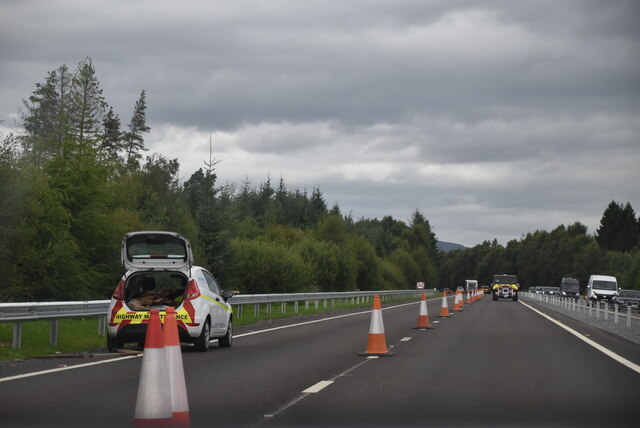
Murthly Castle is a historic landmark located in Perthshire, Scotland. Situated on the banks of the River Tay, it is a prominent heritage site with a rich history that dates back centuries.
The castle, originally known as Murthly Tower, was built in the 13th century and has since undergone several renovations and expansions. It is a fine example of Scottish Baronial architecture, featuring turrets, battlements, and a stunning stone façade. The castle is surrounded by beautiful landscaped gardens, which add to its picturesque appeal.
One of the most notable features of Murthly Castle is its extensive collection of ancient artifacts and artworks. The castle houses an impressive array of medieval armor, weaponry, and tapestries, providing visitors with a glimpse into the past. The interior is adorned with intricate woodwork and decorative plasterwork, showcasing the craftsmanship of the time.
In addition to its historical significance, Murthly Castle is also renowned for its stunning chapel. The Chapel of St. Anthony, located within the castle grounds, is a hidden gem. Dating back to the 15th century, it is adorned with exquisite stained glass windows and intricate carvings. The chapel is still in use today for weddings and other events.
Murthly Castle offers guided tours, allowing visitors to explore its fascinating history and experience its architectural beauty. The castle is also a popular venue for various cultural events, including music concerts and art exhibitions.
Overall, Murthly Castle is a captivating heritage site that showcases the rich history and architectural splendor of Perthshire. Its stunning castle, beautiful gardens, and historic chapel make it a must-visit destination for history enthusiasts and lovers of Scottish heritage.
If you have any feedback on the listing, please let us know in the comments section below.
Murthly Castle Images
Images are sourced within 2km of 56.538/-3.503 or Grid Reference NO0739. Thanks to Geograph Open Source API. All images are credited.

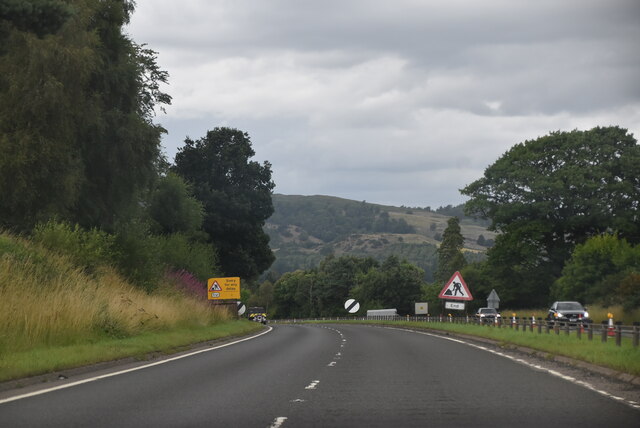
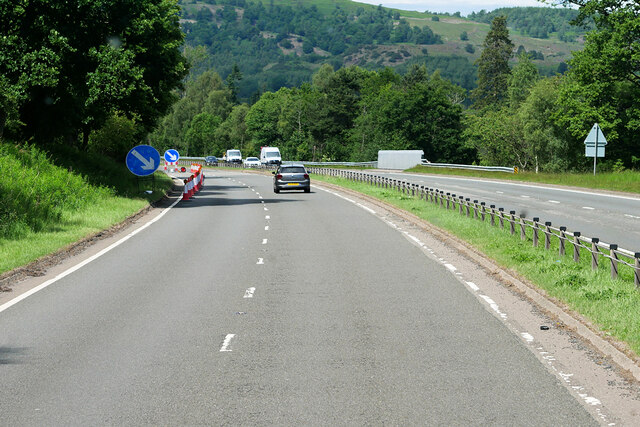
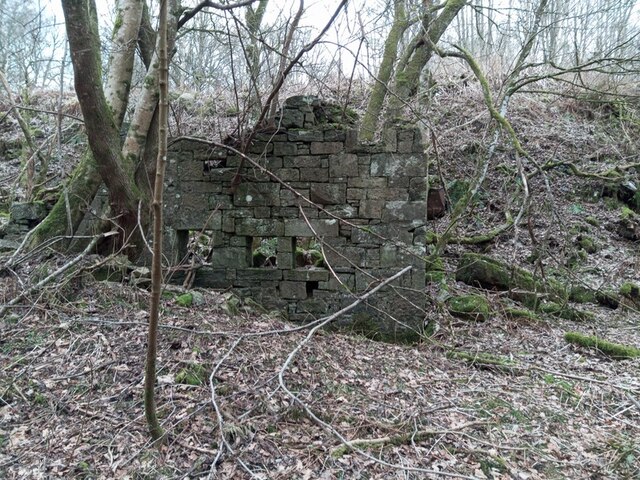
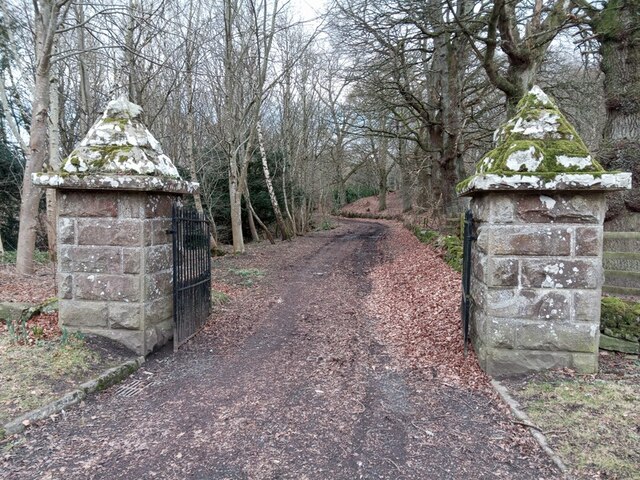
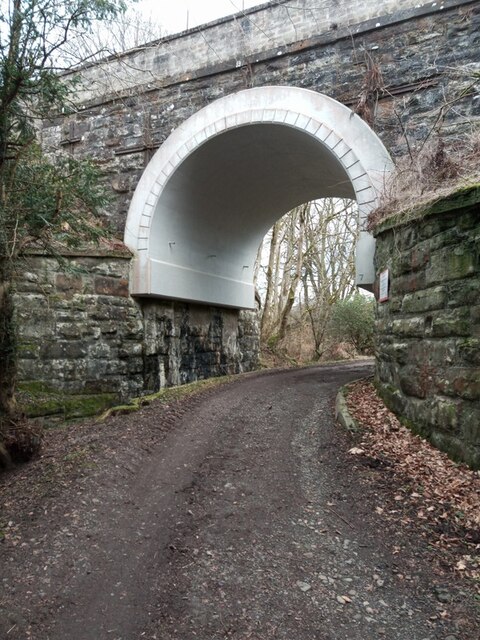
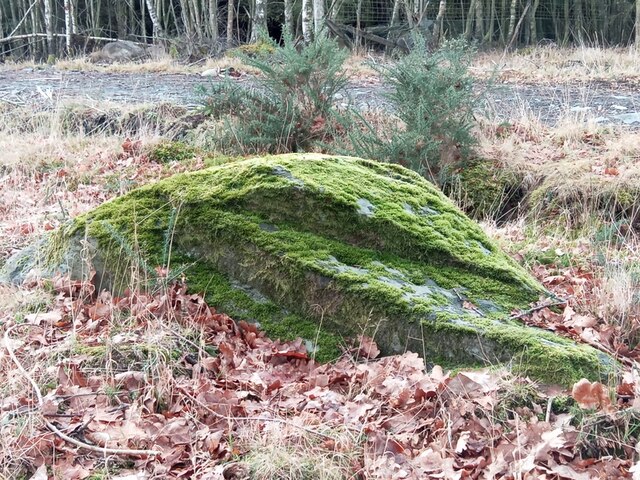
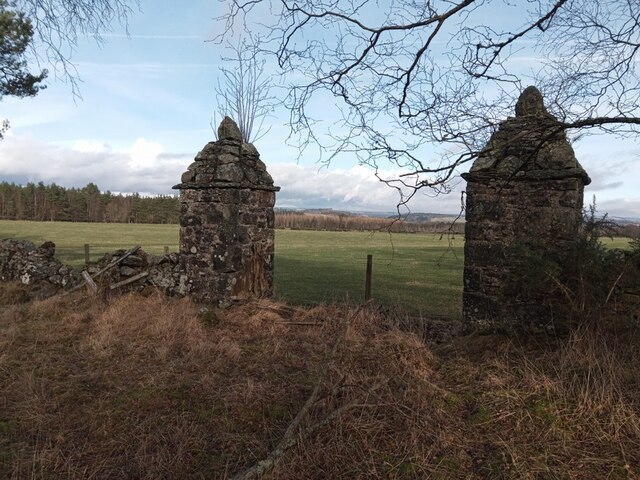
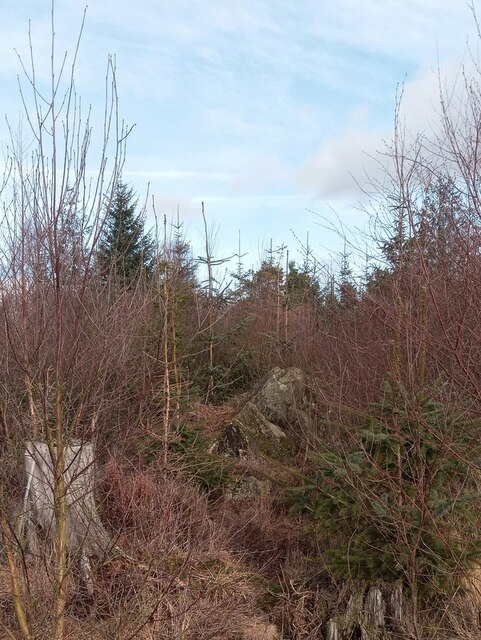
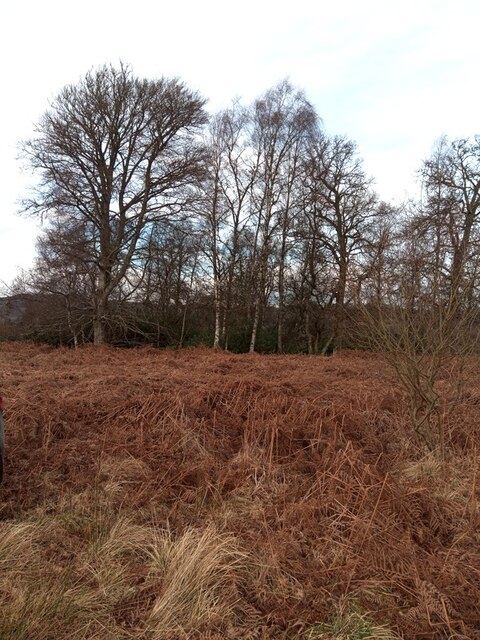
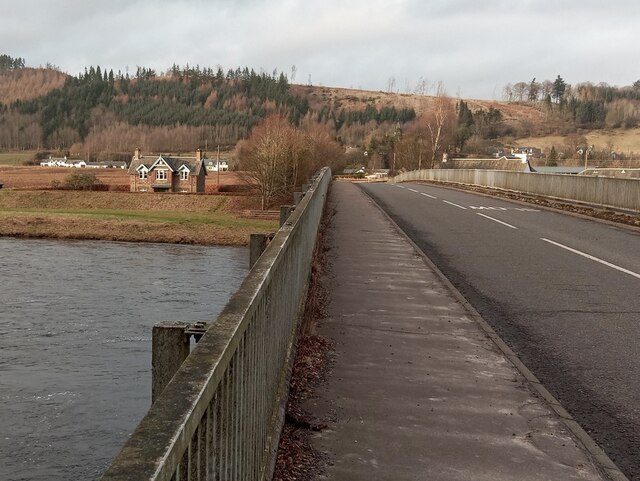
Murthly Castle is located at Grid Ref: NO0739 (Lat: 56.538, Lng: -3.503)
Unitary Authority: Perth and Kinross
Police Authority: Tayside
What 3 Words
///punctuate.equivocal.stages. Near Bankfoot, Perth & Kinross
Nearby Locations
Related Wikis
Murthly House
Murthly House, also known as New Murthly Castle, was a substantial mansion in Perth and Kinross, Scotland, designed by James Gillespie Graham and demolished...
Caputh, Perth and Kinross
Caputh ( KAY-pəth) is a parish and village in Perth and Kinross, Scotland. It lies on the A984 Coupar Angus-to-Dunkeld road, about 6 miles (10 kilometres...
Rohallion railway station
Rohallion railway station was a private station from 1860 to 1864 on the Perth and Dunkeld Railway. == History == The station opened in February 1860 by...
Murthly Hospital
Murthly Hospital, previously known as Murthly Asylum, Perth District Asylum and Perth and District Mental Hospital was a psychiatric hospital in Murthly...
Nearby Amenities
Located within 500m of 56.538,-3.503Have you been to Murthly Castle?
Leave your review of Murthly Castle below (or comments, questions and feedback).
